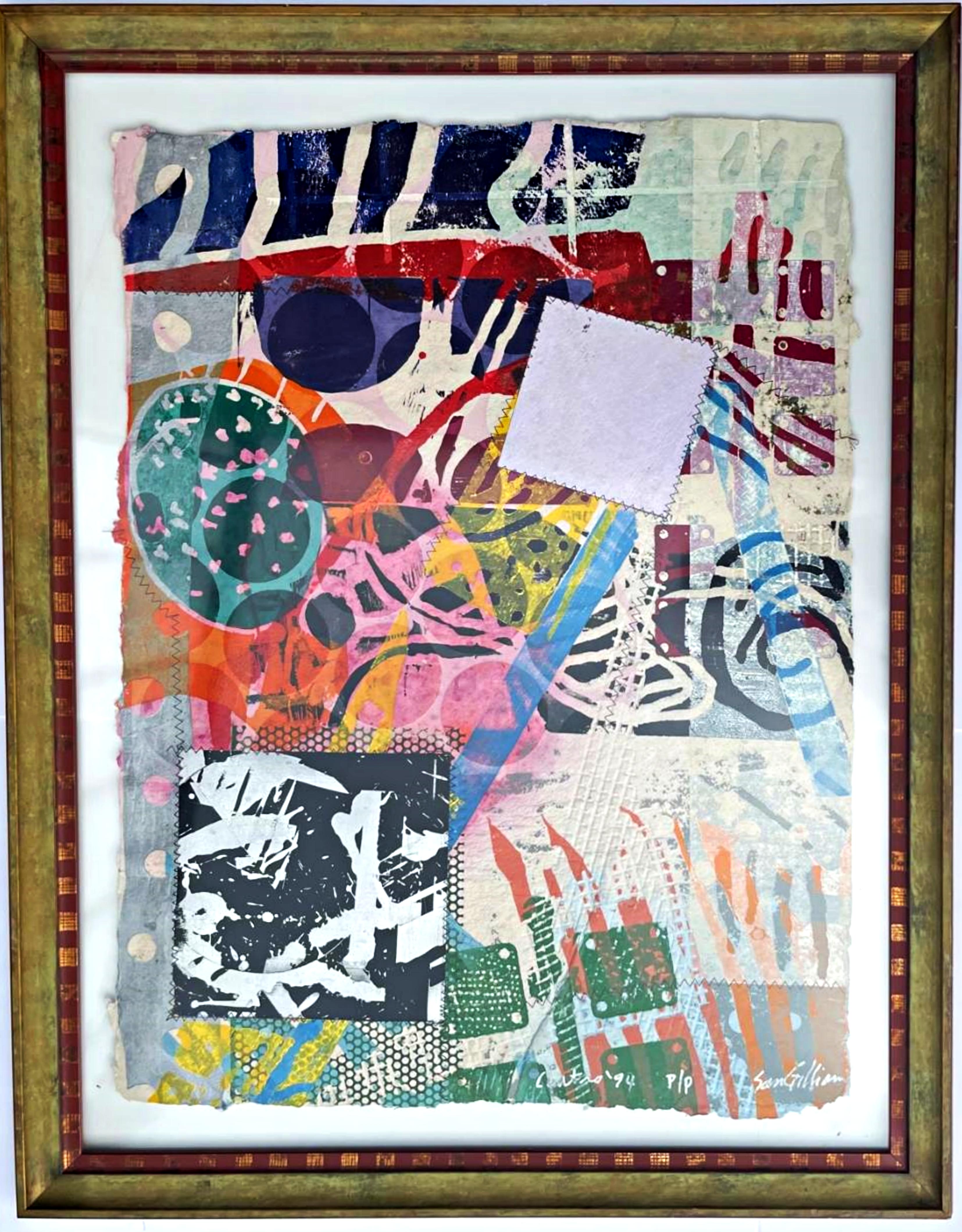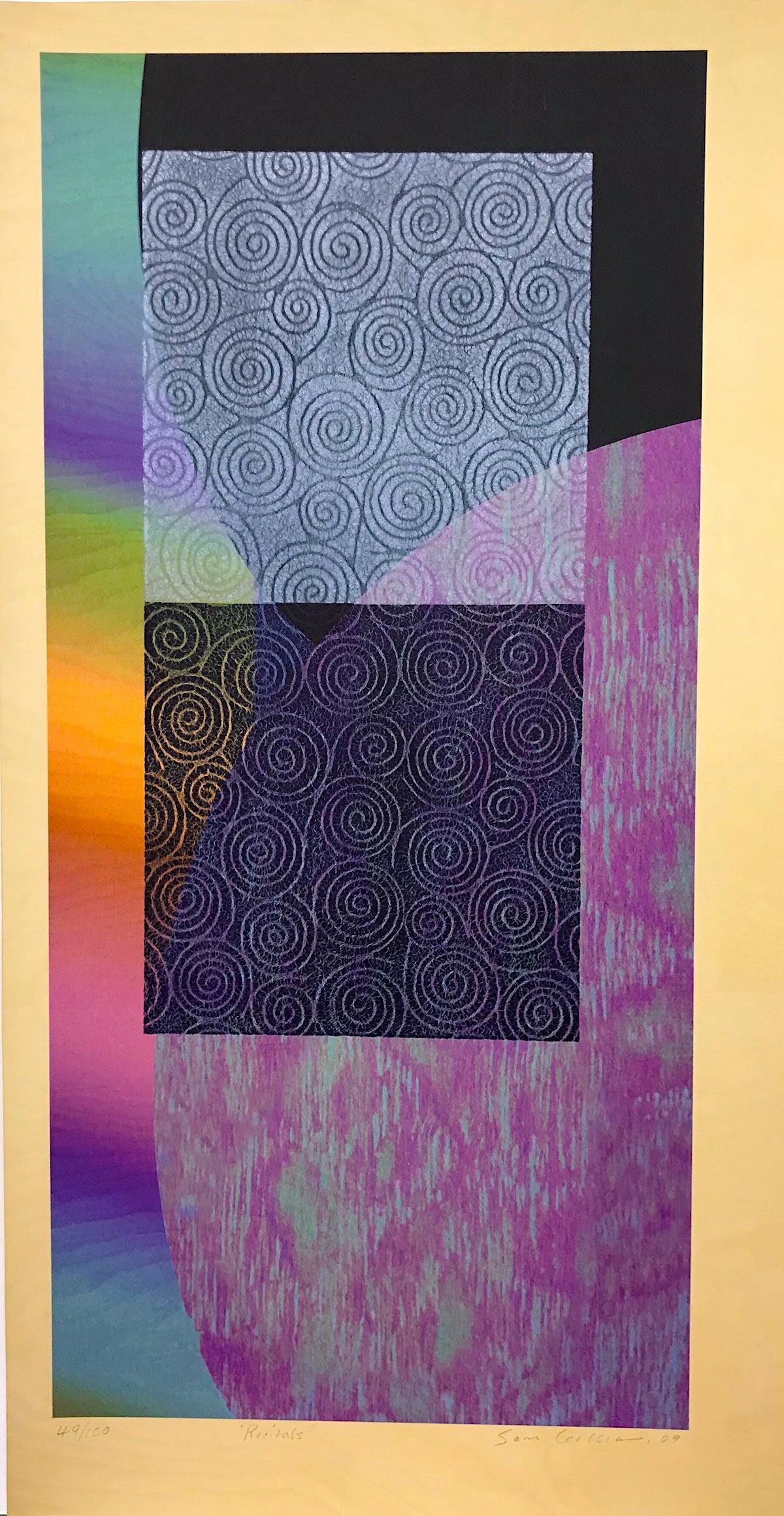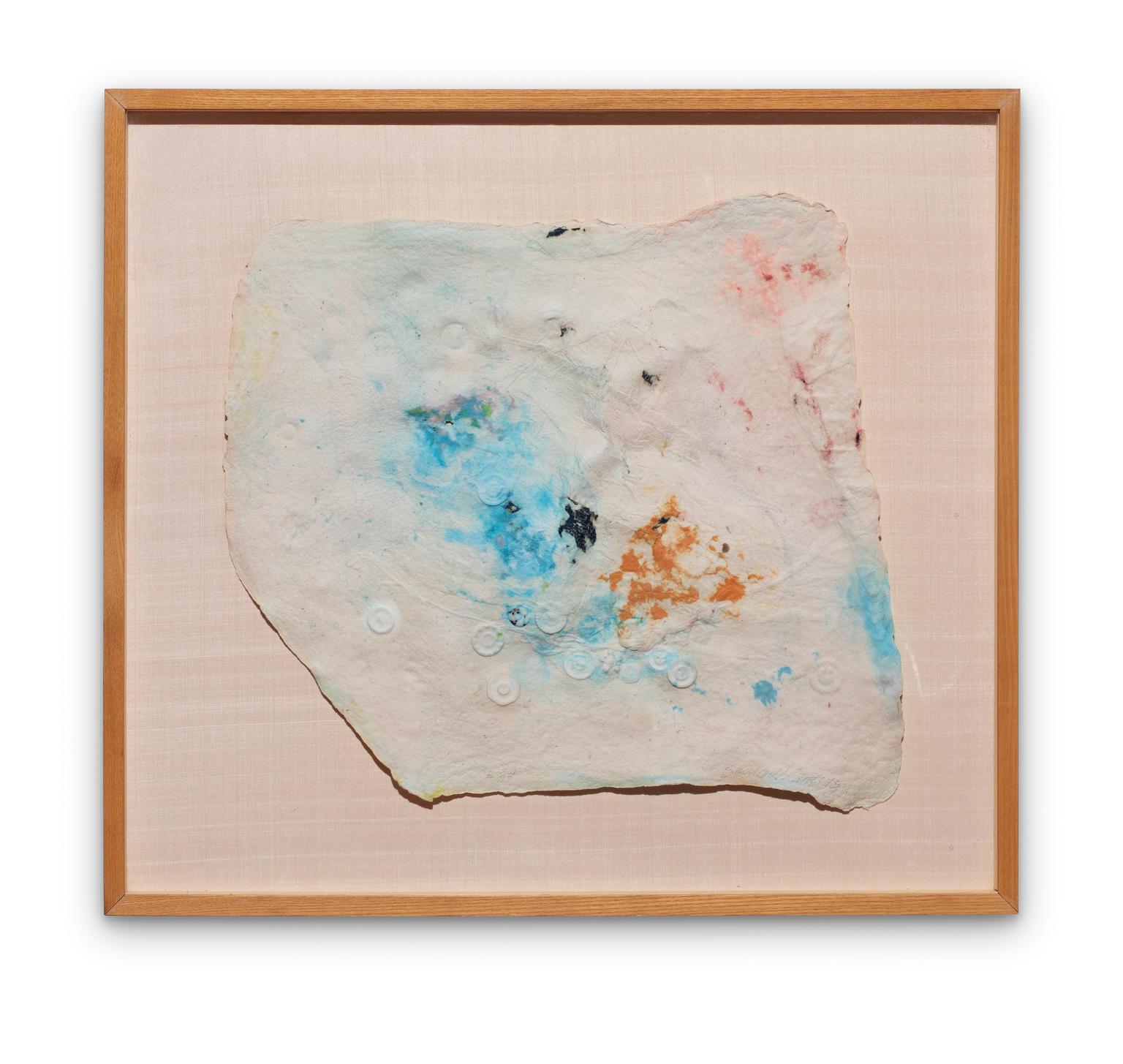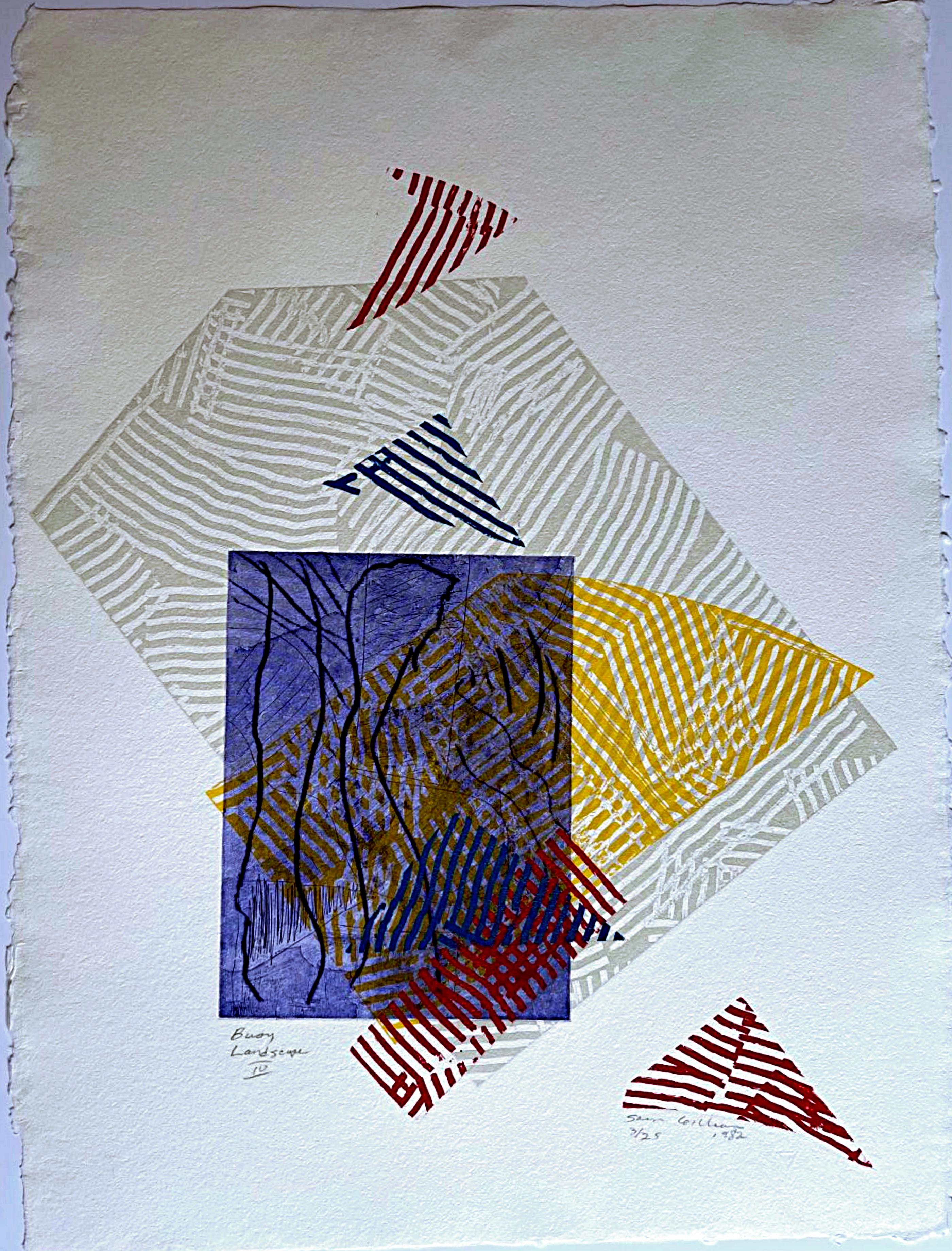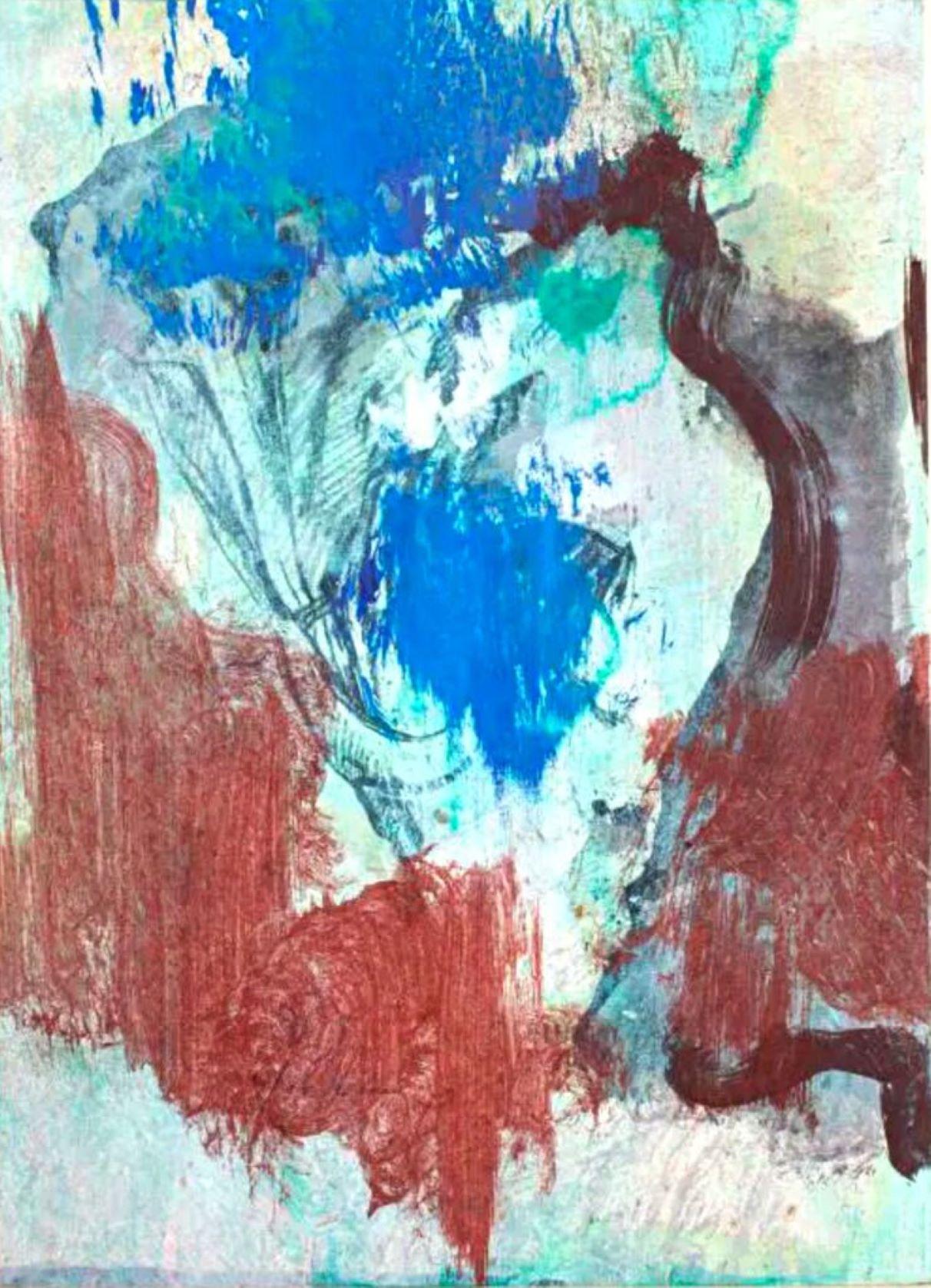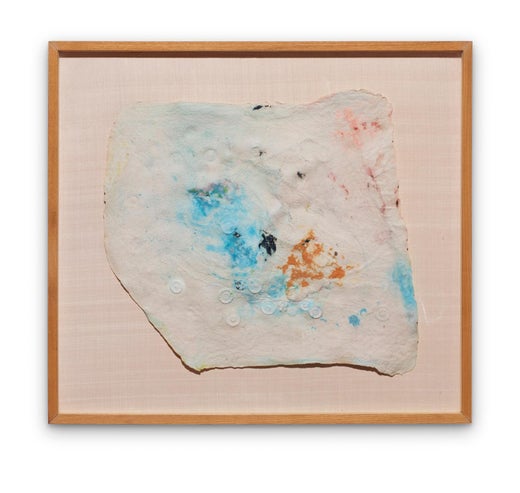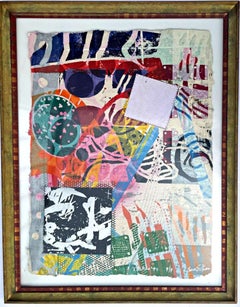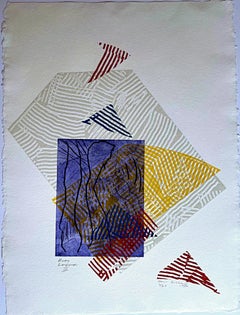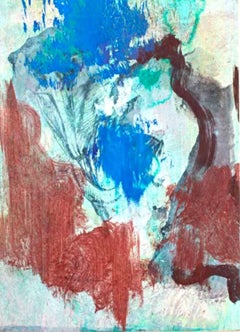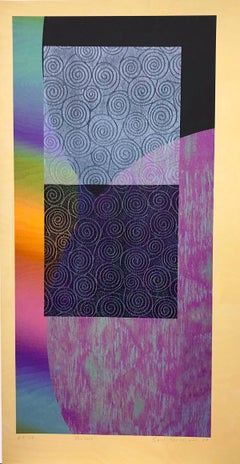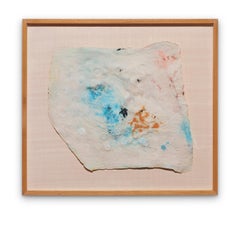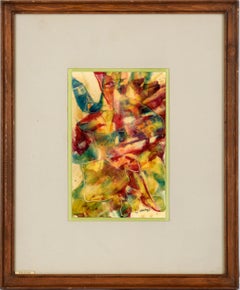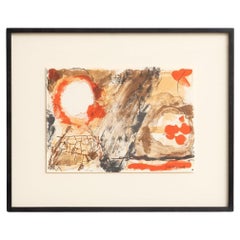Sam GilliamOffset Lithograph signed & warmly Inscribed to African American Arts prof Framed1988
1988
About the Item
- Creator:Sam Gilliam (1933, American)
- Creation Year:1988
- Dimensions:Height: 14.88 in (37.8 cm)Width: 12 in (30.48 cm)Depth: 0.5 in (1.27 cm)
- Medium:
- Movement & Style:
- Period:
- Condition:
- Gallery Location:New York, NY
- Reference Number:1stDibs: LU1745212581282
Sam Gilliam
Postwar American artist Sam Gilliam was an innovative Color Field painter and lyrical abstractionist perhaps best known for working directly on draped, unprimed canvases freed from their stretcher bars in as early as the mid-1960s.
Born in Tupelo, Mississippi, and raised in Louisville, Kentucky, Gilliam studied art at the University of Louisville, earning both undergraduate and graduate degrees in fine art. He moved to Washington, D.C., in 1962, where he became associated with the Washington Color School. Inspired by the vibrant hues of German Expressionism, Gilliam pushed the limits of his medium by eliminating the use of easels and stretchers. Instead, he painted on draped canvases suspended from the walls and the ceiling of his studio.
Overlooked at first, the resulting works, radiant and rippling with energy, would become universally recognized as a hallmark of Gilliam’s oeuvre. Later in his career, he would draw inspiration from jazz and textile artistry, creating improvisational collage-style “quilted” paintings on nylon or canvas that recall quilt patterns.
In 1972, Gilliam became the first Black artist to represent the United States at the Venice Biennale; he also exhibited at the 2017 Venice Biennale. His works can be found in more than 50 public collections around the world, including the Museum of Modern Art in New York, the Corcoran Gallery of Art (now the Corcoran School of the Arts and Design) in Washington, D.C., the Detroit Institute of Arts and the Paris Museum of Modern Art, among many others. Gilliam’s awards include the United States State Department Medal of Arts, the John Simon Guggenheim Memorial Foundation Fellowship and more.
Find original Sam Gilliam prints and other art on 1stDibs.
- ShippingRetrieving quote...Shipping from: New York, NY
- Return Policy
More From This Seller
View All1990s Abstract Expressionist Abstract Prints
Mixed Media, Acrylic, Monoprint, Screen
1980s Abstract Expressionist Abstract Prints
Mixed Media, Drypoint, Etching, Aquatint, Screen
1960s Abstract Expressionist Mixed Media
Paper, Mixed Media, Oil
1980s Abstract Expressionist Mixed Media
Paper, Watercolor, Gouache, Permanent Marker
1980s Abstract Expressionist Abstract Prints
Screen
1960s Pop Art Abstract Prints
Mixed Media, Lithograph
You May Also Like
Early 2000s Contemporary Abstract Prints
Mixed Media
1970s Abstract Expressionist Abstract Paintings
Acrylic, Handmade Paper
Mid-20th Century Abstract Expressionist Abstract Paintings
Glaze, Acrylic, Postcard, Illustration Board
1990s Spanish Mid-Century Modern Prints
Paper
1960s Abstract Abstract Paintings
Canvas, Oil
1980s Abstract Expressionist Abstract Paintings
Acrylic, Archival Paper, Watercolor
